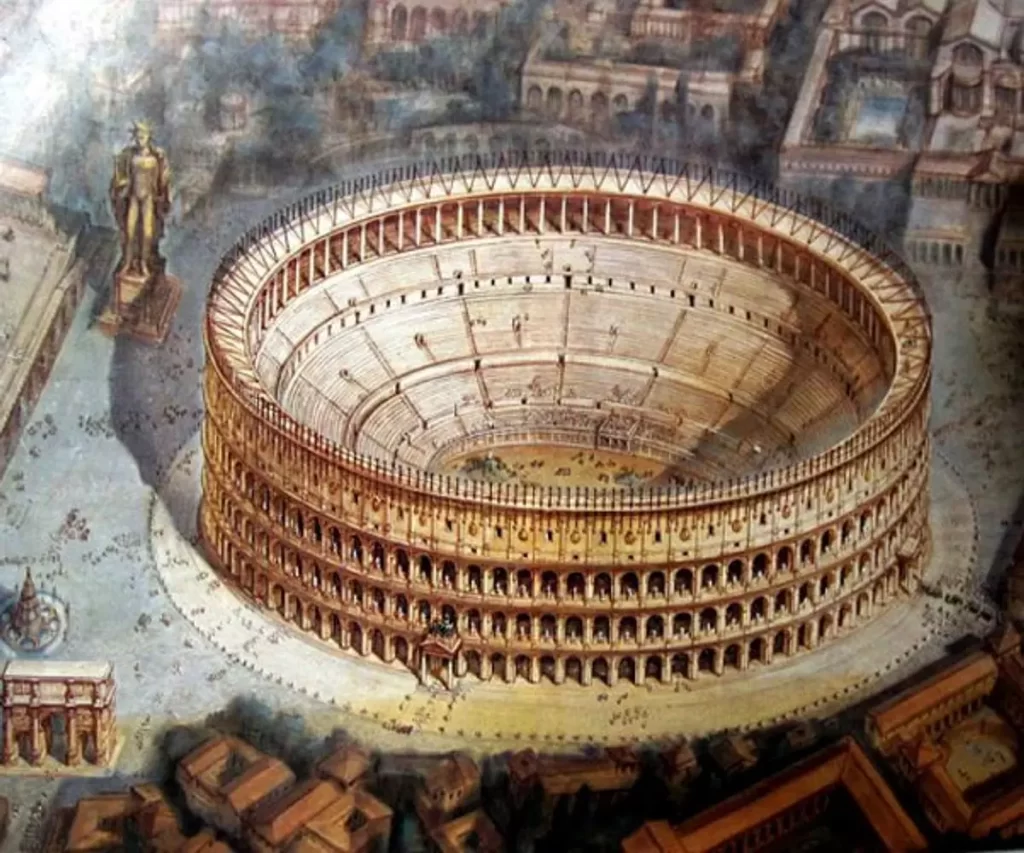Back to what to see
landmark
Architecture of the Colosseum – Engineering Marvel of Ancient Rome
Discover the architectural brilliance of the Colosseum in Rome, including its design, engineering innovations, and structural features.
9/30/2025
16 min read

Architecture of the Colosseum
The Colosseum is a masterpiece of Roman engineering and architecture. Its design reflects both aesthetic grandeur and functional precision, allowing the accommodation of tens of thousands of spectators in comfort and safety.
Key Architectural Features
- Elliptical Design: Measures 189 meters long and 156 meters wide, with a height of 48 meters.
- Vaulting System: Complex network of barrel and groin vaults for structural support and durability.
- Seating Tiers: Organized by social hierarchy; senators and elite at the lower levels, common citizens higher up.
- Hypogeum: Underground complex of tunnels and cages for animals, gladiators, and stage machinery.
- Façade: Three levels of arches adorned with Doric, Ionic, and Corinthian columns, topped by a decorative attic level.
Innovations
- Advanced crowd control with 80 entrances for efficient access.
- Retractable awning system (velarium) to protect spectators from the sun.
- Integration of drainage and water systems for mock naval battles.
Visitor Insights
- Explore the underground hypogeum for an unparalleled glimpse into the operations of the amphitheater.
- Climb to the upper tiers for panoramic views of the Roman Forum and city skyline.

Dr. Alessandra Rossi, Historian
Tags
Colosseum
Architecture
Engineering
Rome
Comments (0)
Leave a Comment
Loading comments...